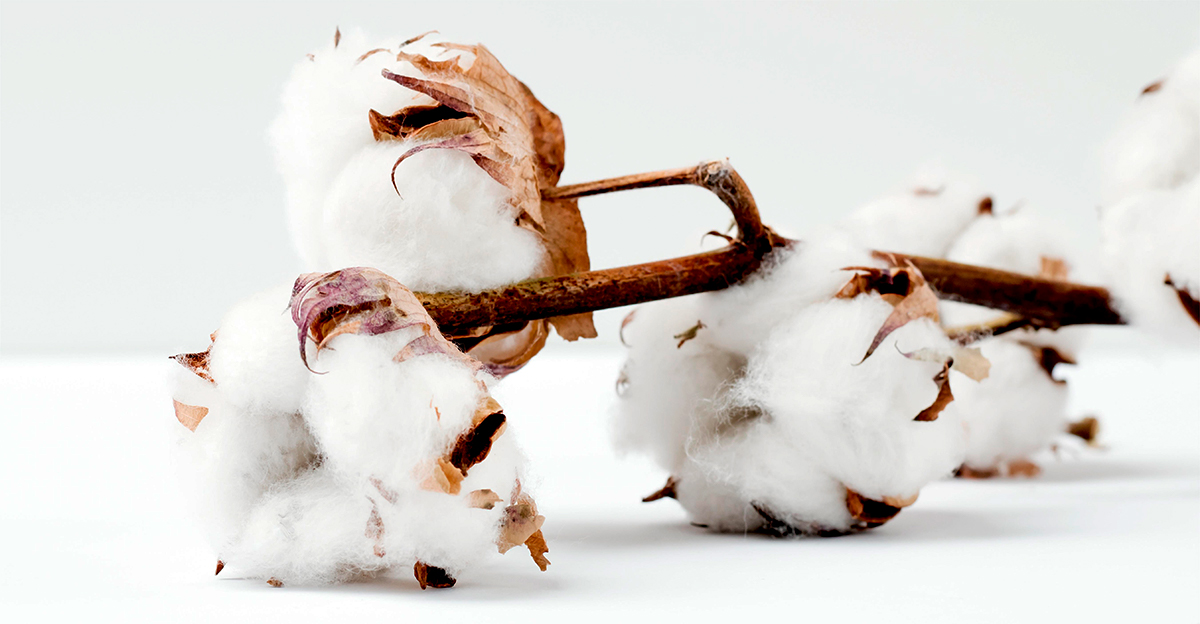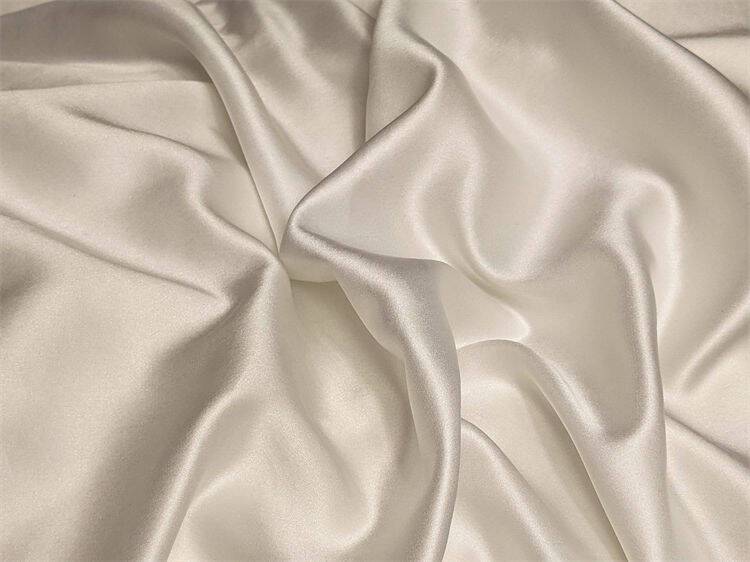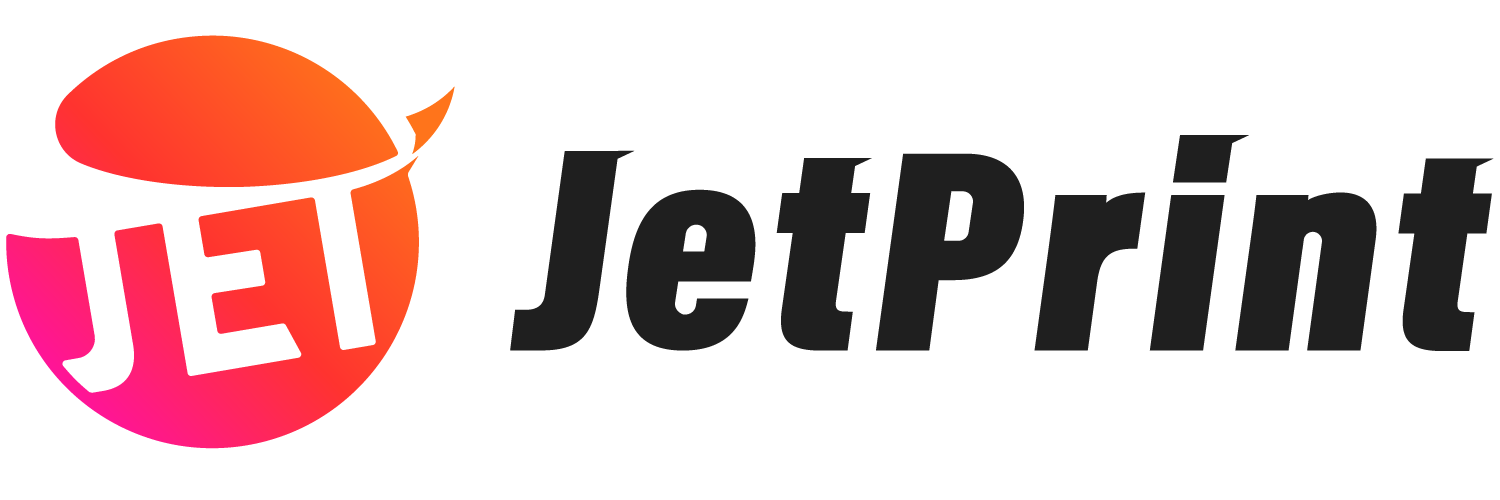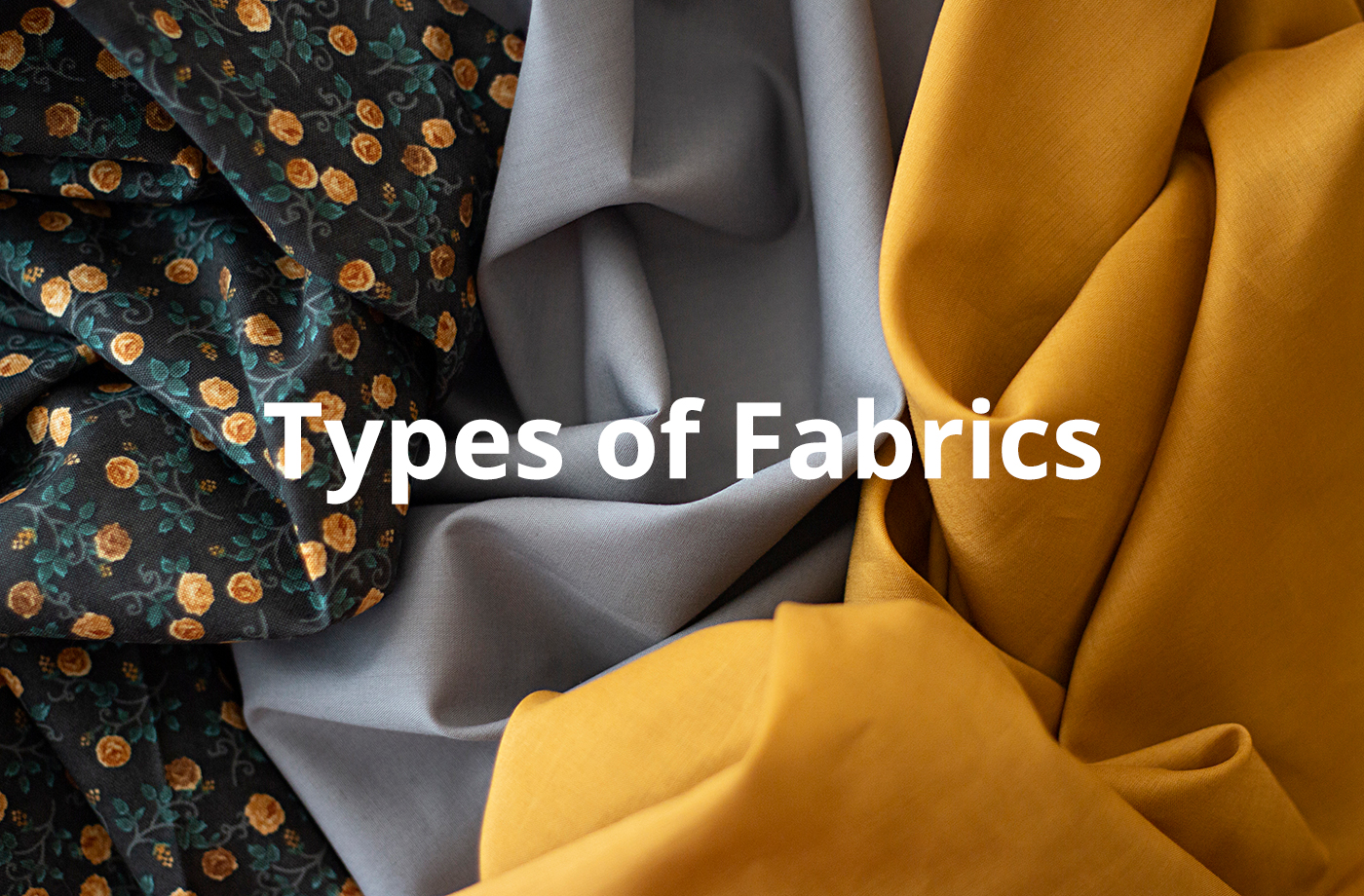When it comes to clothing, we naturally think of the fabrics used to make them. The right materials can ensure comfort, while the wrong ones can leave us feeling uneasy.
From soft cotton to smooth silk, different fabrics offer entirely distinct wearing experiences. However, with so many options available, choosing the best material for your needs can be overwhelming.
In this article, we’ll explore the most common types of fabrics and their pros and cons. Whether you’re a fashion enthusiast, someone with specific fabric needs, or simply curious about textiles, this guide will provide valuable insights.
1. Cotton

Cotton is a plant fiber native to tropical and subtropical regions and has been cultivated for thousands of years. It is one of the most important natural fiber crops globally.
Pros of cotton
- Cotton is a 100% natural plant fiber, biodegradable, and environmentally friendly.
- Its hollow fiber structure makes it highly breathable and moisture-absorbent, ideal for underwear and summer clothing.
- It has a soft texture and is less likely to cause skin allergies.
Cons of cotton
-
Cotton fabrics wrinkle easily and may stretch or shrink after washing.
-
Compared to synthetic fibers like polyester, pure cotton products tend to be more expensive.
Uses
Cotton is widely used in making underwear, clothing, and medical supplies.
2. Linen

Linen is a natural plant fiber extracted from the stem of the flax plant.
Pros of linen
- Its naturally hollow fiber structure provides excellent moisture absorption and heat dissipation, making it ideal for summer clothing or humid environments.
- It inhibits the growth of bacteria and fungi, reduces odor, and is suitable for sensitive skin or medical textiles.
- The fiber is durable, softens with each wash, and has a long lifespan.
Cons of linen
- It wrinkles easily and requires frequent ironing.
- Unwashed linen fabrics can feel slightly rough and need time to soften.
Uses
Linen is commonly used to make summer clothing and ropes for industrial purposes.
3. Wool
Wool is a natural animal fiber primarily sourced from sheep. Its fibers feature a scaly surface and a hollow, crimped structure, giving it unique insulation and elasticity.
Merino wool, known for its high fiber density and superior quality, is considered the finest wool globally and is often referred to as Australian wool.
Pros of wool
- Traps air to create an insulating layer, retaining warmth even when wet.
- Absorbs up to 30% of its weight in moisture without feeling damp, while regulating body surface humidity.
- Naturally fire-resistant—it chars instead of melting, meeting safety standards.
- Fibers’ natural crimp provides elasticity, reducing wrinkles and maintaining shape.
- Biodegradable and durable over time.
Cons of wool
- High-quality wool (e.g., cashmere, Merino) is significantly more expensive than synthetic alternatives.
- Requires specialized care—most garments typically need dry cleaning.
Uses
Wool is widely used in clothing (e.g., winter coats, sweaters, performance base layers, luxury suiting) and home textiles (such as wool blankets).
4. Silk

Silk is a natural protein fiber derived from silkworms, primarily mulberry or tussah silk. Known as the “Queen of Fibers,” its history dates back to ancient China. It gained global recognition through the Silk Road and remains a symbol of luxury textiles.
Pros of silk
- Contains 18 amino acids, is hypoallergenic, and gentle on the skin. Some medical studies suggest it may help alleviate skin inflammation.
- Its triangular fiber structure reflects light, giving it a unique luster and vibrant dyeability.
- A renewable resource that is biodegradable and environmentally friendly.
- Resistant to pilling.
Cons of silk
- Requires delicate care—hand washing or professional dry cleaning, avoiding sunlight, high-temperature ironing, and moisture or insect exposure during storage.
- Prone to snagging with long-term friction, and sweat residue may cause yellowing.
- Lacks elasticity, wrinkles easily (requires hanging for storage), and is unsuitable for high-intensity activity clothing.
Uses
Primarily used in high-end luxury products, with silk scarves being the most common everyday item.
5. Rayon
Pros of rayon
- It has a silk-like feel and excellent drape, making it ideal for high-end silk-like fabrics.
- Its luster can be adjusted to achieve a shiny or matte finish by altering the fiber’s cross-sectional shape.
- Derived from natural cellulose, it degrades faster than synthetic fibers after disposal.
Cons of rayon
- Prone to pilling with repeated friction, with wear resistance only 1/5 that of polyester.
- Loses 30% to 50% of its strength when washed in water, leading to deformation that is difficult to restore.
Uses
Its smooth texture makes it perfect for elegant evening dresses, flowing shirts, and scarves. It is also widely used in home decor, such as cushion covers and curtains.
6. Nylon
Pros of nylon
- One of the strongest synthetic fibers, with tensile strength and abrasion resistance far surpassing natural fibers.
- Highly elastic, able to return to its original shape after stretching.
- Resistant to oils, solvents, and weak acids/alkalis.
Cons of nylon
- Poor conductivity, leading to static electricity buildup.
- Becomes brittle and fades with prolonged sun exposure.
- Not biodegradable, contributing to environmental pollution after disposal.
Uses
In clothing, it is primarily used for waterproof garments. However, it is more commonly found in household items like plastic containers and brush bristles.
7. Polyester
Pros of polyester
- Polyester is durable, abrasion-resistant, and wrinkle-resistant.
- Its production cost is lower compared to natural fibers like cotton and wool.
- It offers excellent printing results when blended with cotton.
Cons of polyester
- Regular polyester fabric is non-breathable, making it unsuitable for hot or humid environments.
- It tends to generate static electricity, attracting lint and dust.
- It is derived from non-renewable petroleum and is not biodegradable.
Uses
It is primarily used in blends with other materials to produce sportswear, jackets, and similar products.
Conclusion
Understanding the various types of fabrics is crucial for making informed decisions, whether you’re designing a garment, decorating your home, or working on a unique project.
When selecting a fabric, consider factors like comfort, durability, care requirements, and the intended purpose or occasion. By familiarizing yourself with the properties of different fabrics, you can ensure your choice not only looks great but also stands the test of time.
At JetPrint, we offer a wide range of fabrics for various garments and use different printing techniques, such as sublimation, embroidery, and heat transfer, to bring our designs to life. We are also dedicated to developing and optimizing fabrics and improving print quality, keeping you updated with the latest advancements in printed fabrics.


0 Comments